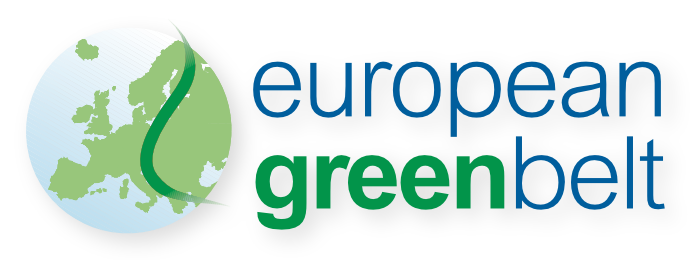The European Green Belt, and the Initiative that was formed to protect it, is a living document of Europe's shared history. During the former Cold War, nature along the border was protected from major changes. The border has created a unique continuity of natural habitats that stretches the length of the European continent. Today, it is our common task as a European community to secure peace and protect Europe's longest green network - so that nature and people can grow together.
The European Green Belt Initiative is committed to this mission. As a network of partnerships in 24 countries we bridge ecological, cultural and geographical borders along the former Iron Curtain to ensure a safe and sustainable future for the European Green Belt.
We support nature conservation by:
- Protecting wildlife and habitats, such as wild animals, migrating birds and ancient forests
- Ensuring that the value of the European Green Belt is reflected in the decisions of local communities, governments and businesses
We influence policy makers by:
- Collaborating with organisations, decision makers and governments to shape policies and create lasting protection
- Highlighting the importance of the European Green Belt and its direct contribution to preventing biodiversity loss in Europe
We connect people by:
- Exploring Europe’s cultural and ecological history together and promoting the European Green Belt as a model for local communities and nature to grow together
- Collaborating with people, organisations and governments on creating impactful initiatives
We envision a bright, unified future where all people can explore the unique history, culture and natural wonder of the European Green Belt. As we move forward, strong partnerships and enthusiastic support are required to ensure our future success. Discover how you can join us in protecting the wilderness and wildlife of the European Green Belt!
Stretching from the northern tip of Europe through Central Europe to the Black, Ionian and Adriatic Seas, the European Green Belt reveals highly impressive and fragile landscapes and is home to the natural flora and fauna typical of the regions along its route. Passing through many different regions and countries, the European Green Belt presents itself in many different ways, due to the immense political, biological and socio-economic diversity of the different countries.
Borders separate. Nature unites!
By following a course of which large sections were part of the former East-West border – one of the most divisive boundaries in history – the European Green Belt symbolizes the global effort for joint cross-border activities in nature conservation and sustainable development. Moreover, the Initiative aims to better harmonise human activities with the natural environment and to increase opportunities for the socio-economic development of local communities. Beyond, it is an historic example of how division and seperation can transform itself into a model for collaboration and joint nature conservation in Europe.
By connecting 24 countries and bringing together almost 150 GOs and NGOs, besides its extraordinary ecological importance, the initiative is a living example of how Europe and its diverse cultures can truly grow together.
Read more about:
You can find a Leaflet about the European Green Belt Iniaitative in many different languages under Resources.
